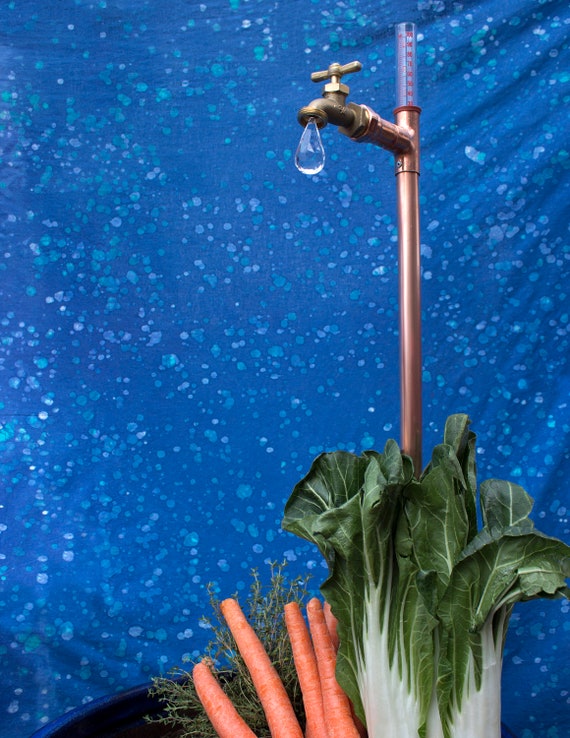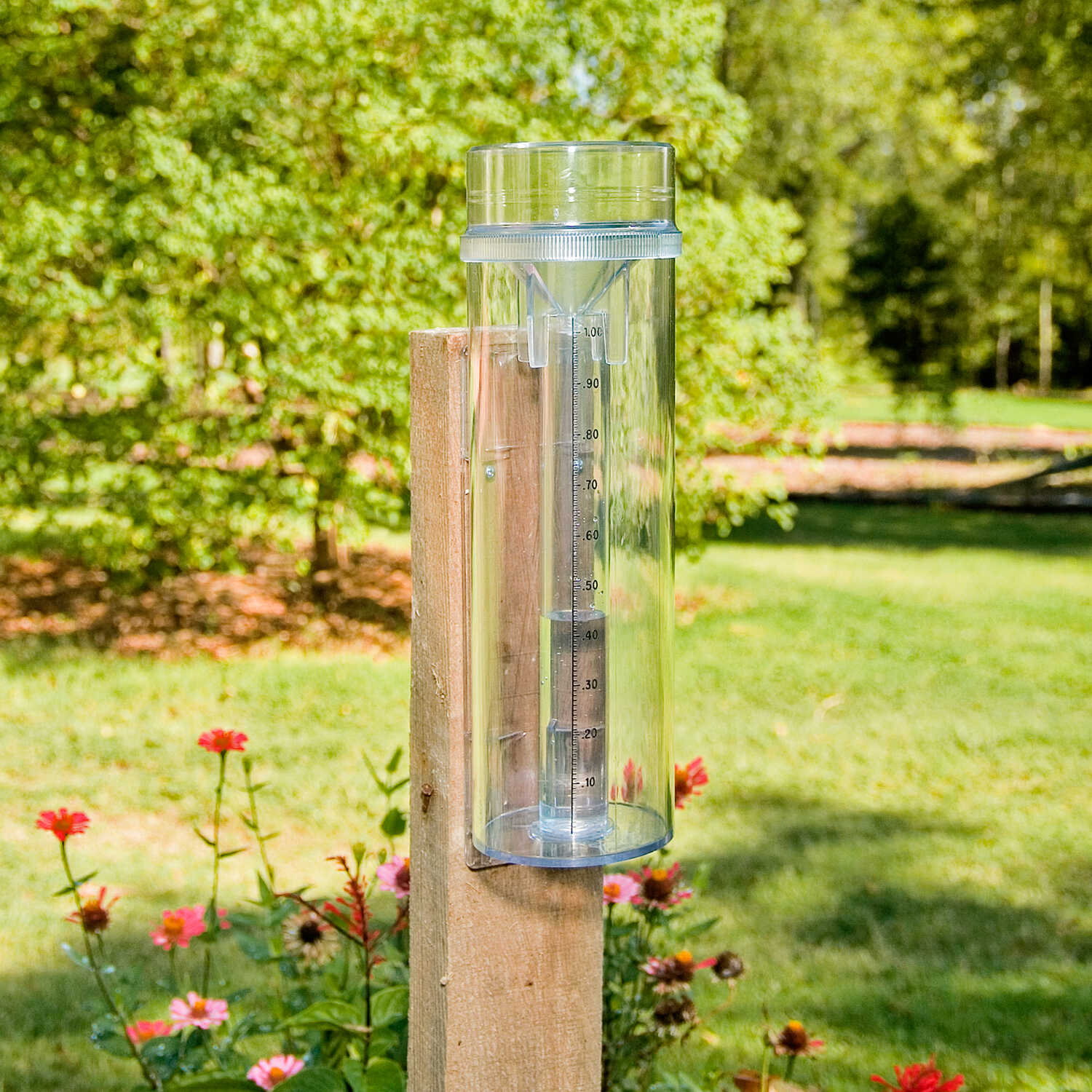The Rain Gauge: Analyzing Rainfall Patterns and Enhancing Weather Condition Recognition
The Rain Gauge: Analyzing Rainfall Patterns and Enhancing Weather Condition Recognition
Blog Article
Understanding Rain Scale Measurements: A Full Guide
Recognizing Rain Scale Dimensions: A Total Overview is a thorough source for any individual seeking a deeper understanding of rainfall scale measurements. Rain is a vital consider different industries, consisting of water, weather forecasting, and agriculture resource monitoring. This guide intends to provide visitors with an extensive understanding of the value of rainfall gauge measurements, the different kinds of rain evaluates offered, and just how these measurements are gotten and analyzed. Additionally, it explores the elements that can influence the accuracy of rainfall scale readings and offers functional pointers for acquiring specific dimensions. Whether you are a professional in the area or simply have an inquisitiveness regarding rains dimension, this overview will certainly outfit you with the expertise required to effectively utilize rain gauge measurements.
The Significance of Rain Scale Measurements
The value of rainfall gauge dimensions hinges on their function as a critical device for properly checking and assessing precipitation degrees - The Rain Gauge. Rainfall gauge measurements provide valuable information that aids hydrologists and meteorologists understand patterns and patterns in rainfall, which consequently aids in numerous fields such as farming, water resource monitoring, and climate study

Precise rainfall measurements are crucial for farming as they assist in determining irrigation needs, plant growth, and return predictions. Farmers count on this details to make enlightened decisions regarding when to sprinkle their plants, stopping water wastage and ensuring ideal plant health. In addition, rainfall data assists in assessing the influence of droughts or extreme rains on plant manufacturing, enabling farmers to take appropriate measures to minimize losses.
Water source administration greatly depends on rain gauge measurements to figure out the amount of water offered in rivers, storage tanks, and lakes. Exact dimensions allow water supervisors to make enlightened decisions regarding water allowance and circulation, guaranteeing sustainable usage and preventing shortages. This info is especially essential in areas where water shortage is a pressing problem.
Additionally, rainfall scale dimensions play an essential duty in environment research study. By accurately gauging rains over prolonged periods, researchers can evaluate lasting climate patterns and recognize adjustments in precipitation patterns as a result of environment adjustment. This data helps policymakers and researchers create techniques to adjust to and mitigate the impacts of climate change.
Sorts Of Rainfall Gauges
There are different kinds of rainfall determines made use of to gauge rainfall precisely. Each kind has its very own benefits and constraints, making them ideal for various purposes and settings.
One of the most usual kind of rain gauge is the basic cylindrical scale. It includes a cylindrical container with a wide funnel-shaped top to collect rainwater (The Rain Gauge). The water is then channelled right into a finished determining tube, enabling specific measurement of the quantity of rains
Another kind is the considering rainfall gauge. This scale uses a delicate balance to measure the weight of the collected rainfall. By transforming the weight into quantity, the quantity of precipitation can be figured out. Weighing rain evaluates are particularly beneficial in locations with frozen rainfall or heavy rains, as they are not affected by sprinkling or dissipation.
Tipping bucket rainfall gauges employ a mechanism that ideas a tiny pail each time it collects a certain amount of rain. The variety of tips is tape-recorded and made use of to compute the rains. This type of gauge is typically used in automated climate terminals due to its low upkeep requirements and capability company website to supply real-time information.
Ultimately, there are radar-based rain assesses that usage radar innovation to approximate rains. These evaluates determine the intensity of rainfall in a particular area by evaluating the shown radar signals. They are specifically valuable for measuring precipitation over huge locations or in remote areas.
Exactly How Rain Gauge Measurements Job
Rainfall gauge dimensions are based on the principle of accumulating and gauging the quantity of rainfall. These tools are created to record rain and supply an exact measurement of the rainfall in a particular area.
One of the most typical sort of rain gauge is the basic round scale. It includes a cylindrical container with a wide opening at the top to accumulate rain. The collected water is after that channelled right into a measuring tube, which is adjusted to provide the dimension in units of size, normally millimeters or inches.
Another sort of rain scale is the tipping container have a peek at this site gauge. When they reach a particular weight threshold, it utilizes a seesaw-like device with two buckets that tip. Each suggestion of the bucket represents a details volume of rains, enabling specific measurements.
Some innovative rain determines are furnished with electronic sensing units that automatically document and send data. These sensors use different technologies such as ultrasound or laser to determine the quantity of rains accurately.
Elements Influencing Rain Scale Precision
Environmental variables such as wind, temperature level, and atmospheric stress can considerably impact the accuracy of rainfall scale dimensions. Adjustments in atmospheric pressure can also affect the precision of rainfall scale measurements, as they can alter the price at which rains is gathered.
Operational variables, on the other hand, refer to factors related to the layout, installment, and upkeep of the rainfall scale. The placement of the rain gauge in a location with obstructed airflow or near trees or buildings can result in unreliable readings due to blockage or splattering of rains. Moreover, incorrect calibration or irregular upkeep of the rainfall scale can likewise affect its precision.
To make sure the accuracy of rainfall gauge measurements, it is crucial to take into consideration these aspects and take suitable actions. This may include choosing an ideal place for the rainfall gauge, making certain correct setup and upkeep, and consistently calibrating the tool. By attending to these elements, reliable and precise rains dimensions can be obtained, which are vital for numerous applications such as weather condition forecasting, hydrological research studies, and farming.
Tips for Precisely Determining Rain
To make sure precise rainfall measurements, it is important to apply particular strategies and strategies when utilizing a rainfall gauge. Right here are some pointers for accurately determining rains:
Appropriate Positioning: Put the rainfall scale in an open area, far from trees, structures, and other obstructions that may conflict with the rainfall collection. It needs to be positioned on a level surface to prevent water merging or runoff.

Check Out the Scale Correctly: When taking measurements, checked out the water degree at eye degree from all-time low of the lens. Stay clear of parallax mistakes by aligning your view straight with the water degree.
Constant Time Interval: Set a constant time period for gauging rains, such as every 24 hr or after each rainfall event. This you can look here guarantees precise monitoring and comparison of precipitation data.
Document Measurements Quickly: Record rainfall dimensions as soon as possible after collection to avoid dissipation or spillage. Use a rainfall scale with an integrated information logging function for automatic recording.
Verdict
In final thought, recognizing rain scale measurements is critical for precisely gauging rainfall. It is vital to think about factors that can impact the precision of rain gauge dimensions, such as placement, wind, and dissipation.
Comprehending Rain Gauge Measurements: A Full Overview is a detailed source for anybody looking for a much deeper understanding of rainfall gauge measurements. Whether you are a specialist in the area or simply have an inquisitiveness concerning rainfall dimension, this guide will furnish you with the expertise required to effectively utilize rainfall scale dimensions.
The most usual kind of rain scale is the conventional cylindrical gauge.The most usual kind of rainfall scale is the conventional round scale.One more kind of rainfall scale is the tipping bucket gauge.
Report this page